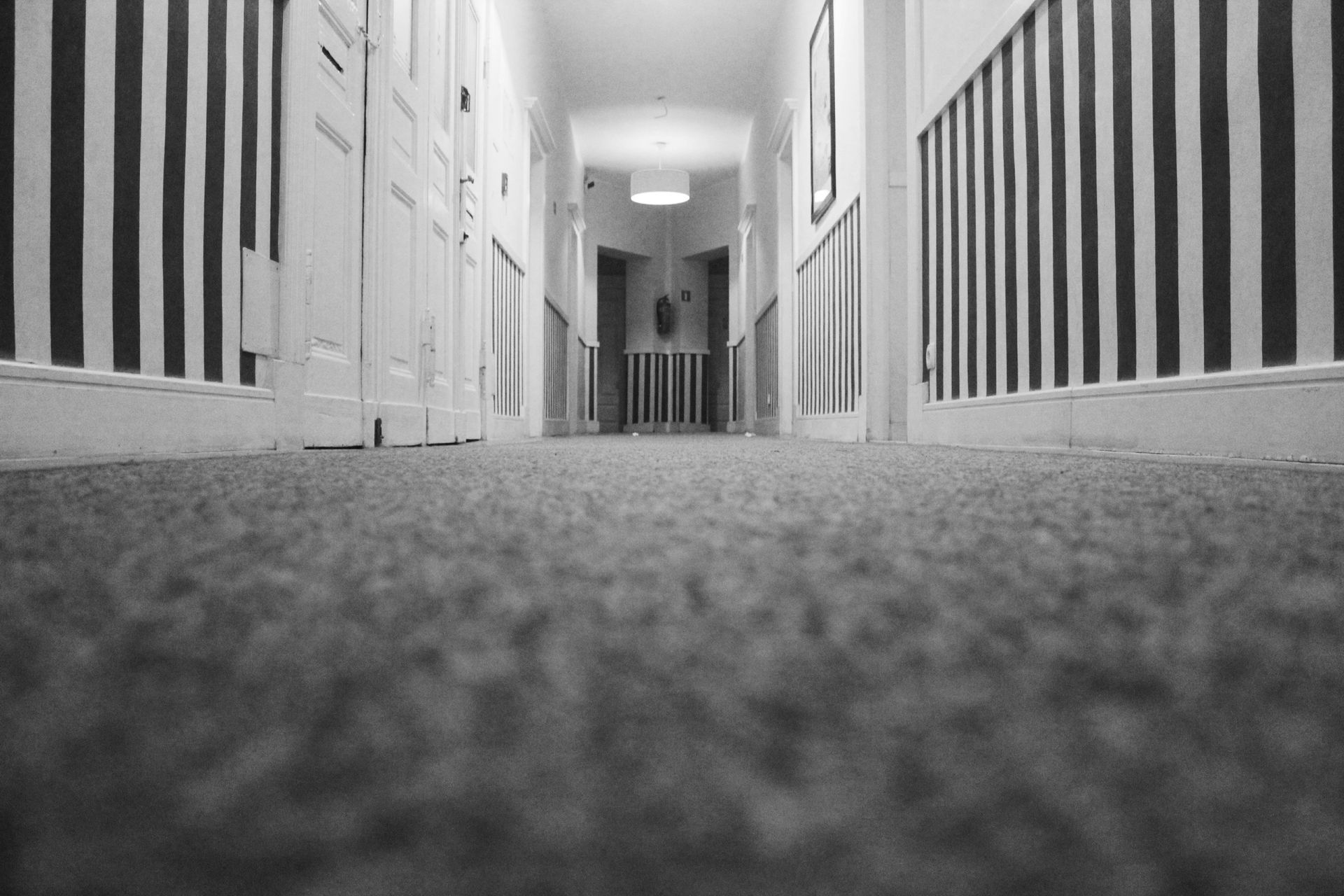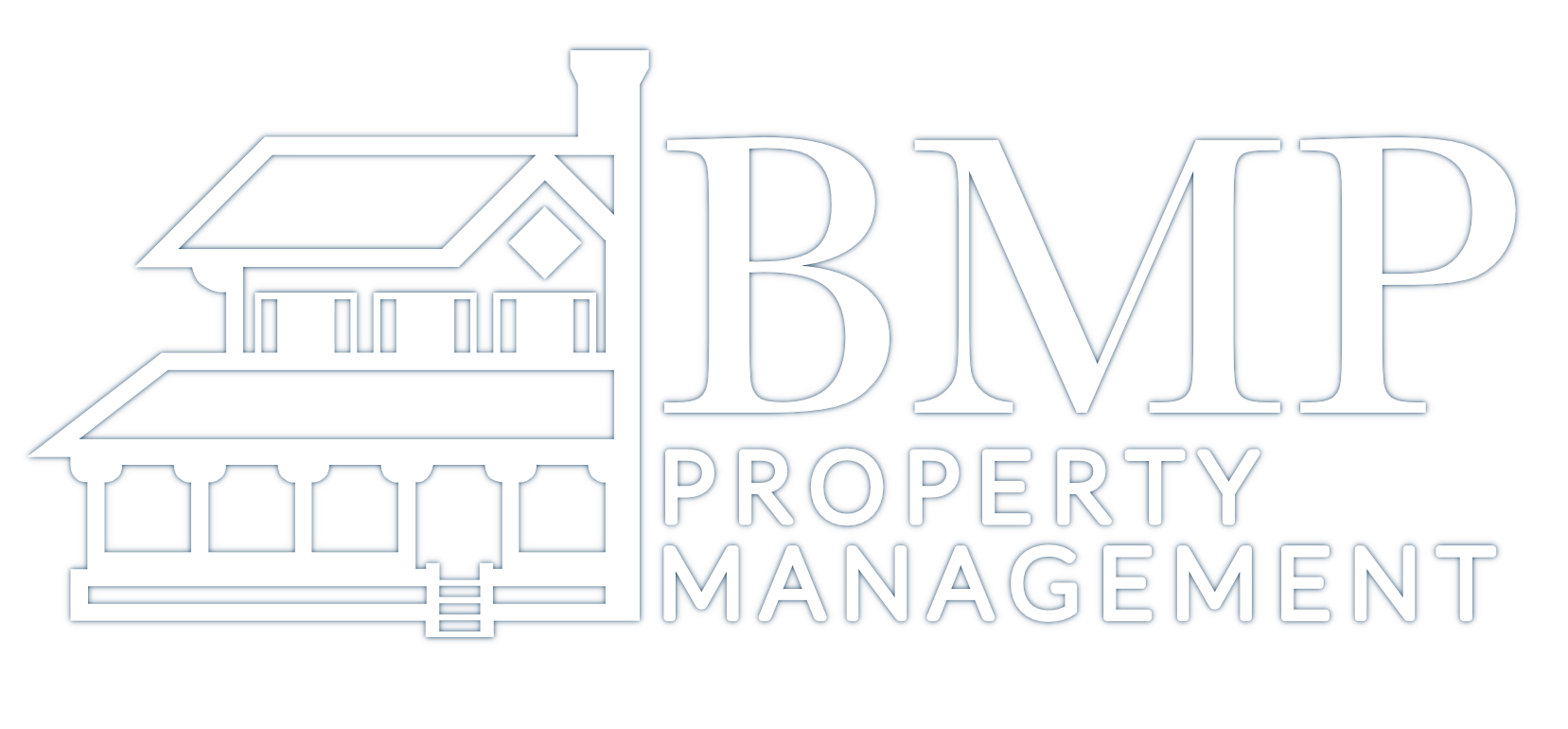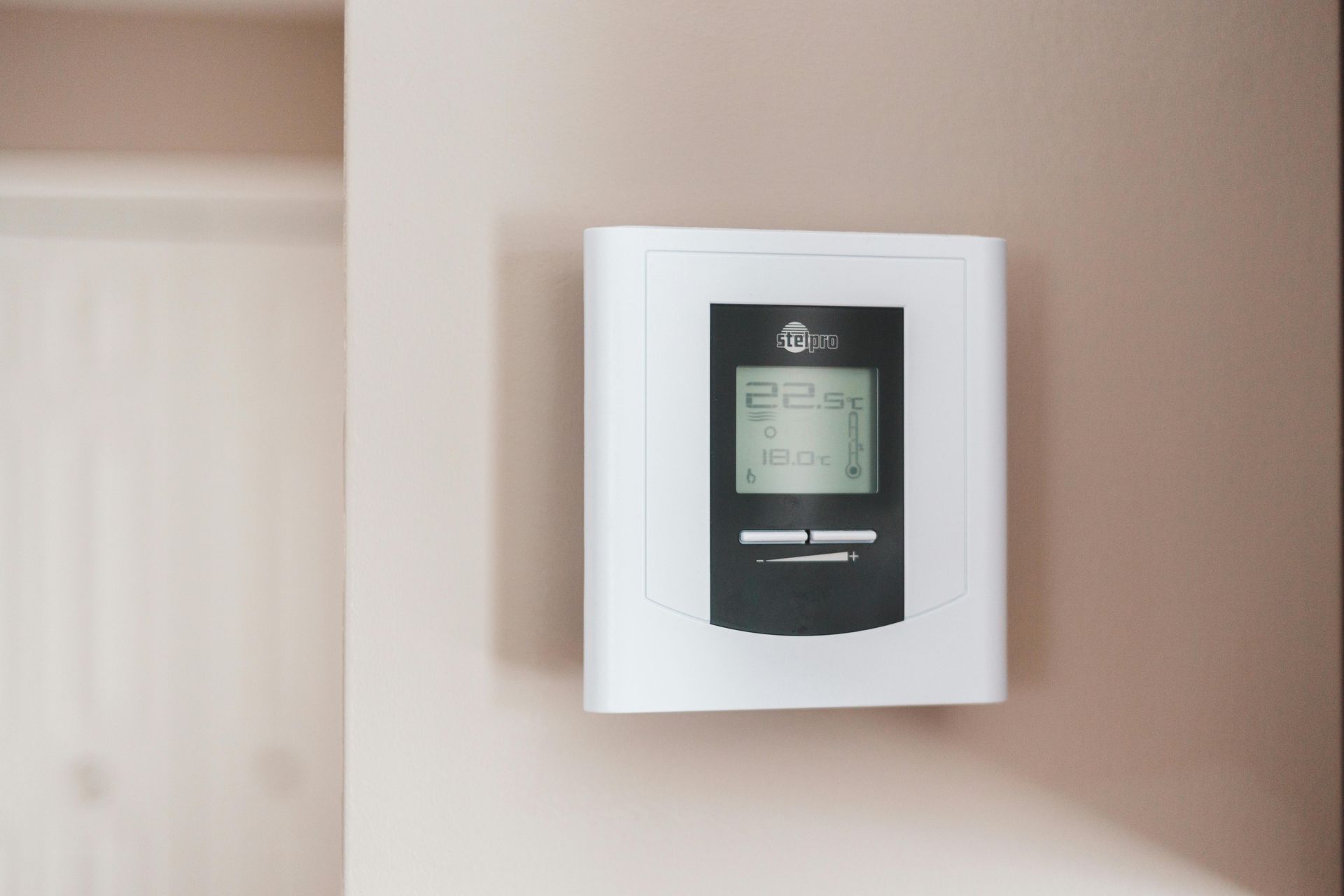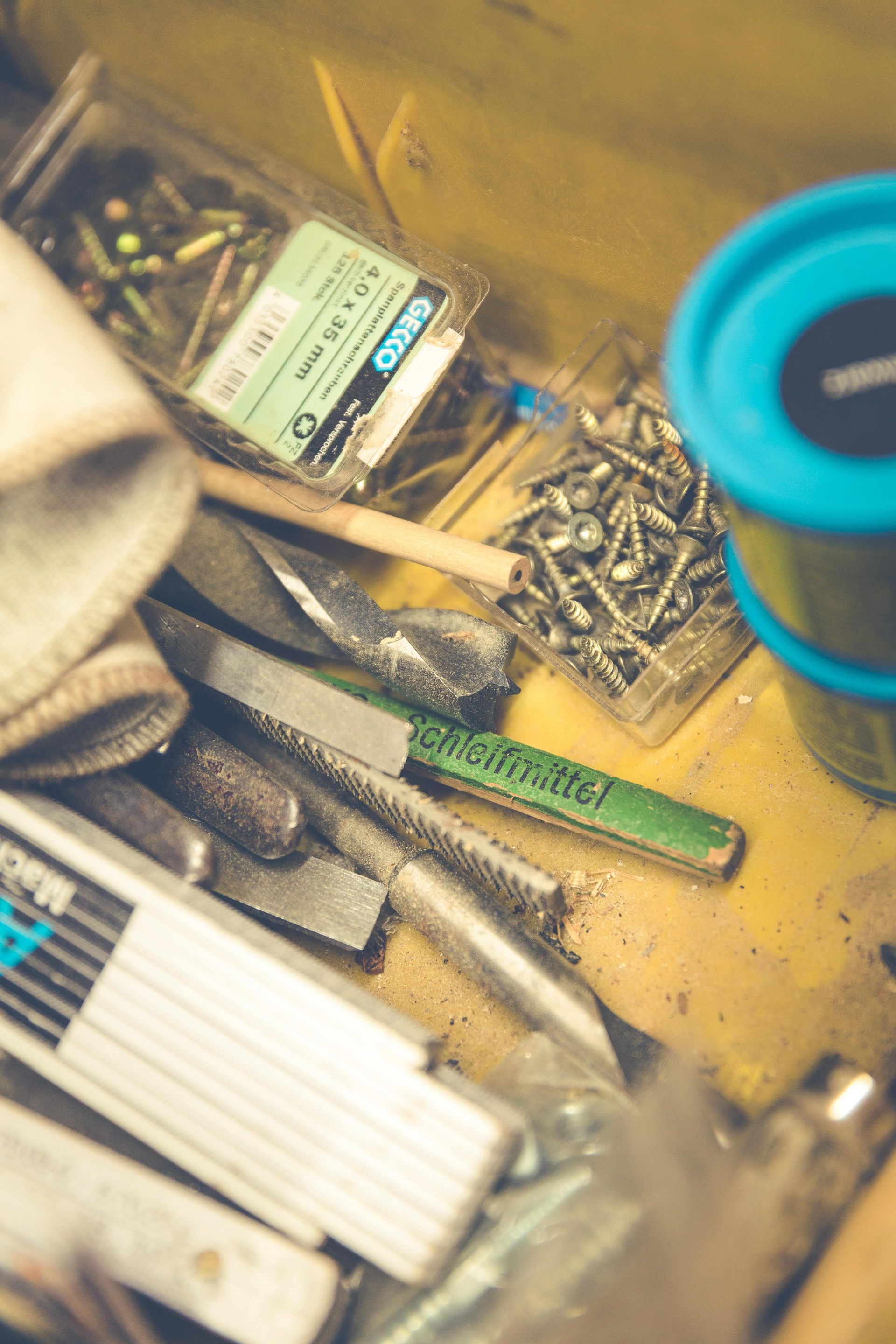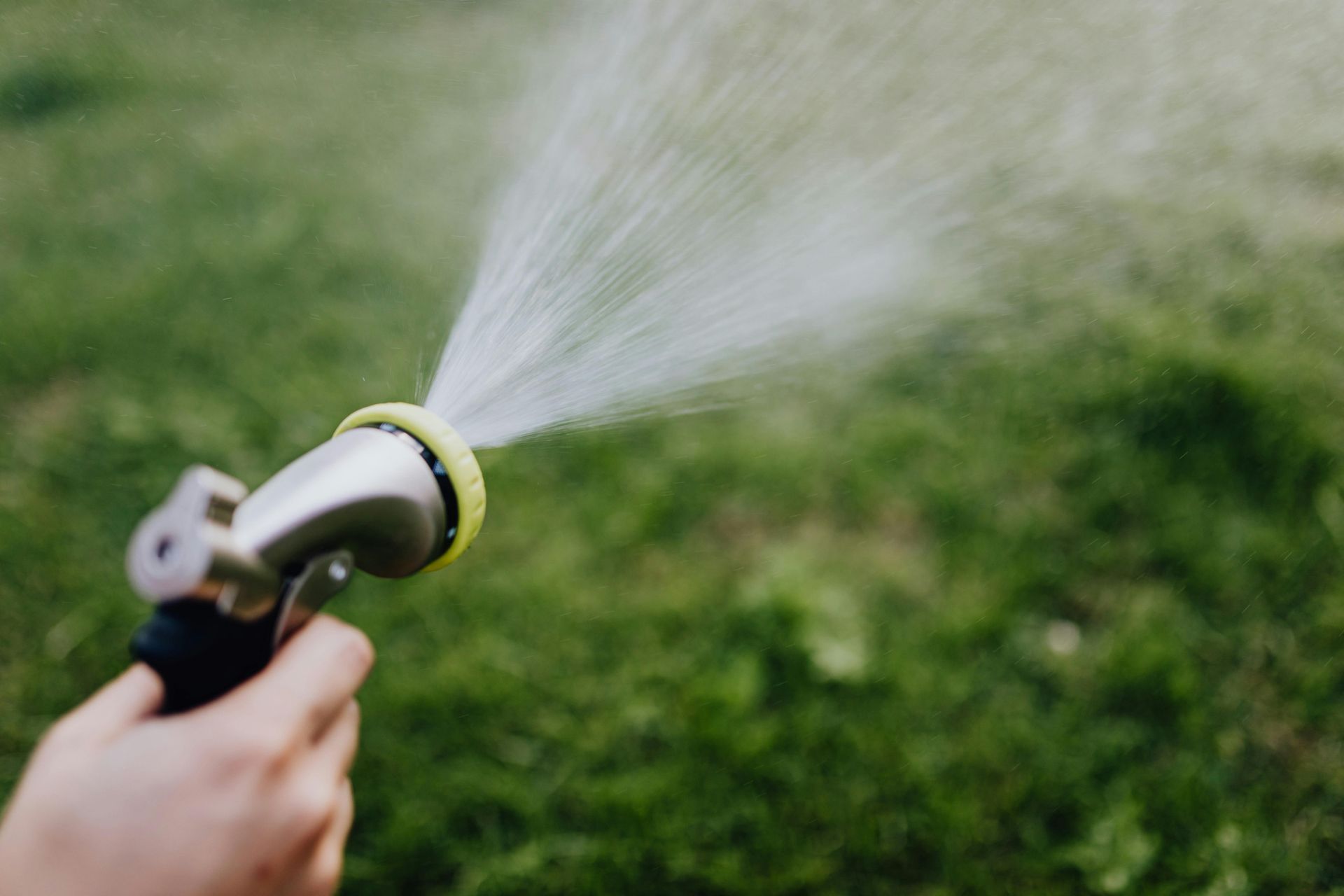How to Prepare for a Property Inspection Without Stress
This is a subtitle for your new post

Property inspections are a standard part of renting, designed to ensure the property is well-maintained and in good condition. While they can feel intimidating, a little preparation goes a long way toward making the process stress-free. Here’s how to prepare effectively for your next property inspection.
1. Check and Replace Furnace Filters
One of the most important things to address before an inspection is your furnace filter. A dirty or clogged filter can damage the HVAC system and result in charges for repairs or replacements. To avoid this:
- Check your filter for dirt and dust buildup.
- Replace it if it hasn’t been changed in the past 30-90 days (or sooner if recommended).
- Ensure the furnace area is clean and accessible.
Properly maintaining the furnace filter not only ensures the HVAC system runs efficiently but also demonstrates that you’re keeping up with your responsibilities as a tenant.
2. Understand the Inspection Purpose
Inspections are not personal—they’re meant to assess the property’s condition, address potential issues, and ensure lease compliance. Familiarizing yourself with this purpose can ease anxiety and help you focus on what’s important.
3. Review Your Lease Agreement
Your lease likely outlines tenant responsibilities, including maintaining cleanliness, changing furnace filters, and reporting damages. Use this as a guide to prepare for the inspection.
4. Clean Thoroughly
A clean home creates a great impression. Focus on:
- Floors: Sweep, vacuum, and mop.
- Surfaces: Wipe down countertops, cabinets, and appliances.
- Bathrooms: Scrub sinks, toilets, and showers.
- Trash: Remove all garbage from the property.
5. Check for Minor Repairs
Handle small fixes ahead of time, such as:
- Replacing burnt-out light bulbs.
- Tightening loose cabinet handles.
- Ensuring smoke and carbon monoxide detectors are functional.
If there are larger issues beyond your control, such as a leaking faucet or broken appliance, be ready to report them during the inspection.
6. Address Specific Requests
If your landlord or property manager has notified you of specific items to be checked, such as yard maintenance or other responsibilities, ensure these tasks are completed.
7. Organize and Declutter
Keep the space tidy to make inspection areas easily accessible. Move any furniture blocking windows, vents, or appliances to facilitate a thorough review.
8. Secure Pets and Valuables
If you have pets, arrange for them to be contained or temporarily removed during the inspection. Store valuables securely for peace of mind.
9. Communicate with Your Property Manager
If you have questions about the inspection process or need clarification on expectations, don’t hesitate to reach out. Open communication helps ensure everyone is on the same page.
Why Preparation Matters
Preparing for a property inspection ensures your home is in great condition and demonstrates that you’re a responsible tenant. This proactive approach can lead to a more positive rental experience and potentially favorable references in the future.
By following these steps, you can approach your next inspection with confidence and ease.

